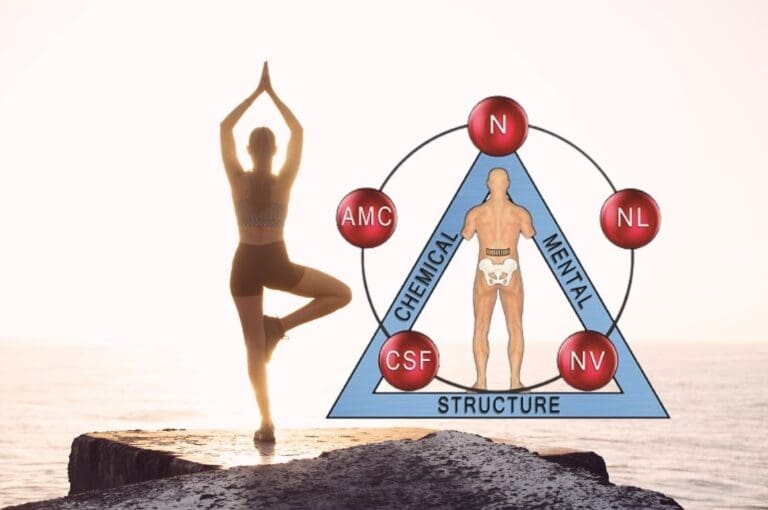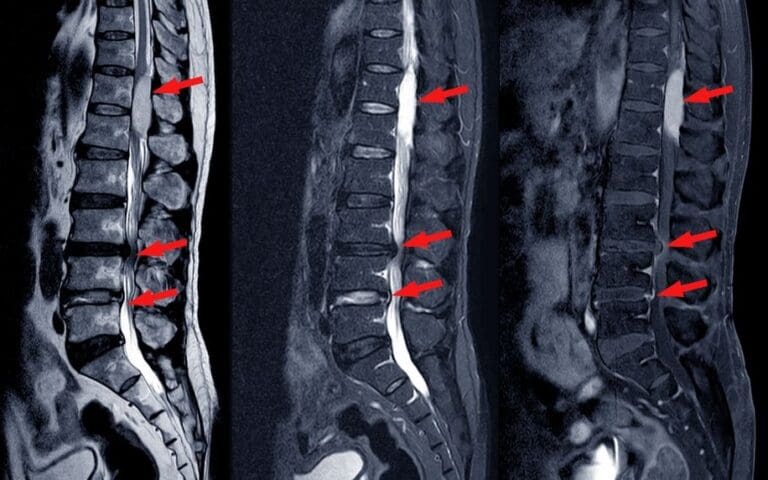How Technology is Hurting Your Back – And How to Fix It
In today’s digital age, many of us find ourselves glued to our devices and working long hours at a desk. Unfortunately, this modern lifestyle is contributing to a common issue: poor posture. You might notice rounded shoulders, a hunched back, or forward neck posture. While these changes may seem minor at first, they can have a serious impact on your spine and contribute to a range of discomforts, especially in the lower back.
The Root Cause: Upper Back Stiffness
As time goes on, poor posture can cause your upper body, particularly the thoracic (mid-back) region, to become stiff and rigid. This stiffness is often most noticeable when you try to rotate your torso left and right. The result? Your lower back starts to compensate for the lack of mobility in the upper back, adding extra strain to the lower spine. Over time, this can lead to chronic lower back pain. So, what’s happening is simple: a tight upper back can lead to tightness and pain in your lower back.
The Solution: Loosen the Upper Back
To relieve lower back pain caused by a stiff upper back, the key is to loosen up your upper body. By doing so, you can reduce the strain on your lower back and improve overall mobility.
Here are two simple exercises to help loosen up the upper body and ease the strain on your lower back:
1. Open/Close Book Exercise
This exercise helps increase mobility in the thoracic spine and improve rotation without involving the lower back.
How to do it:
Lie on your side with your knees bent at 90 degrees and your hands in front of you.
Keep your hands in contact with each other.
Open your arms slowly to one side, rotating through your upper back, while keeping the lower body still.
Hold the stretch briefly before returning to the starting position.
2. Lower Trap/Thoracic Extension Exercise
This exercise targets the thoracic spine and helps stretch the upper back while keeping the lower back relatively still.
How to do it:
Lie on your back with the bottom of your shoulder blades resting on the edge of a bed or bench.
Lift your hips off the ground and raise your arms overhead, as far as you can without pain.
Once your arms are fully extended overhead, lower your hips slightly to deepen the thoracic stretch.
(Optional) Add light weights to progress the stretch.
Why These Exercises Work
Both of these exercises focus on loosening the upper back without putting unnecessary strain on the lower back. By doing so, they help increase circulation in the spine, speeding up recovery and reducing discomfort in the lower back.
Additional Ways to Loosen the Upper Back
While exercises are a great starting point, there are other methods to help alleviate upper back stiffness and, in turn, prevent lower back pain:
Hands-On Treatments: Acupressure, massage, and joint mobilisation can help loosen up the upper back and improve overall mobility.
Stretching: Incorporating stretches into your daily routine can further enhance flexibility and reduce tension in the thoracic spine.
Foam Rolling: Use a foam roller to target the muscles around the upper back and improve blood flow.
Posture Education: Understanding and implementing optimal posture strategies can prevent unnecessary tension in the mid-back, keeping the spine in a more neutral position.
Professional Advice
If you’re struggling with stiffness in your upper back and lower back pain, it’s important to seek professional help. A physiotherapist can conduct a thorough assessment to identify the key structures and joints in your upper body that may be causing your restrictions. What’s tight in one person may not be the same for another, so a personalized treatment plan is essential for long-term relief.
By addressing the root causes of your pain and incorporating targeted treatments and exercises, you can break free from the cycle of chronic back pain and start living pain-free.
Need help? Book an appointment with one of our physiotherapists today for a full body assessment to get to the root cause of your pain.






